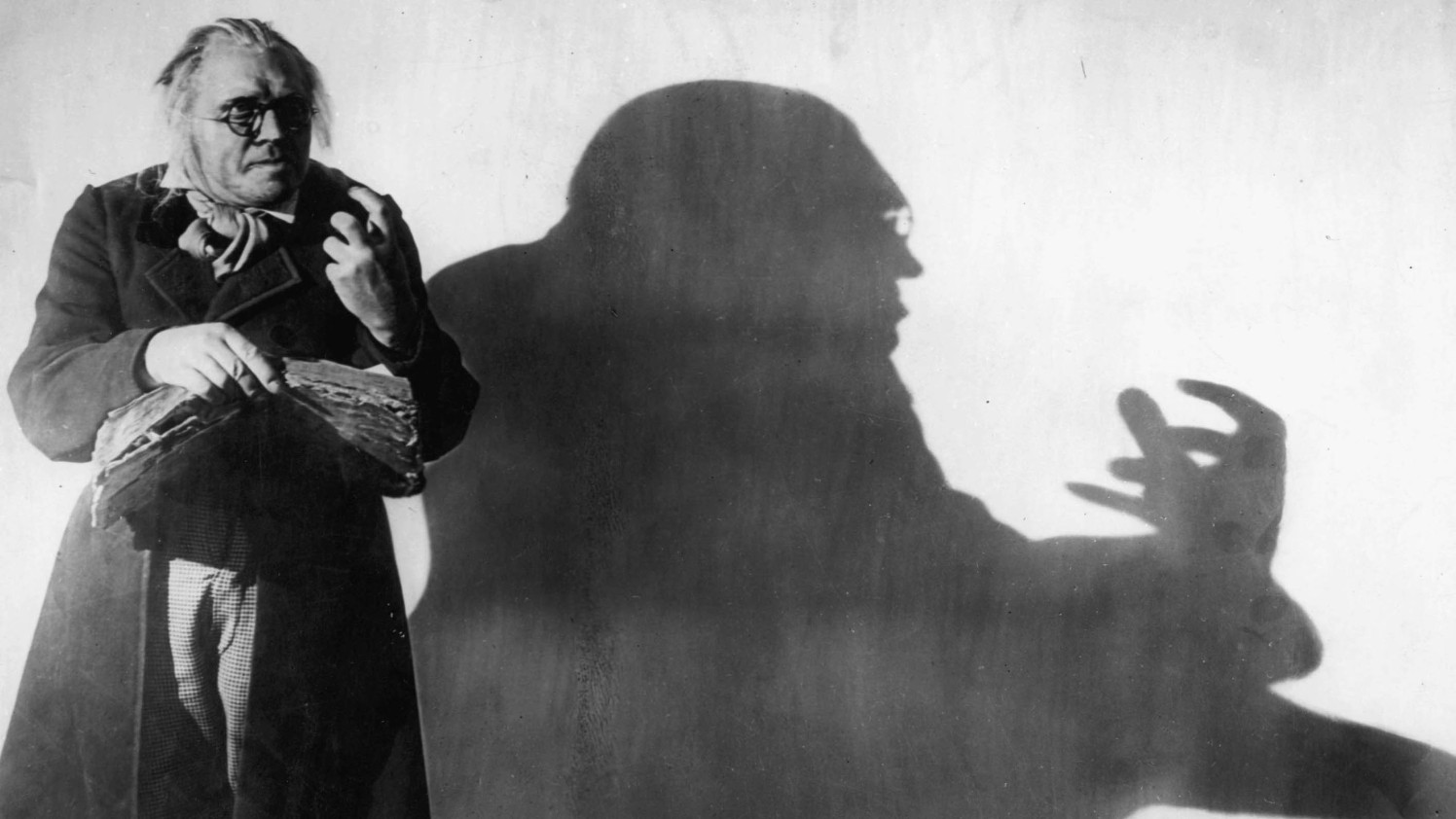German expressionism came about after WW1 and during the rise of Hitler, Germany was eager to be the best when it came to intellectual and artistic production. They were always competing with America. Hollywood was beginning to use technological advancements in their movies which the German film industry couldn’t compete with. So, they developed a new movement which was full of symbolism’s and this was the birth of expressionism.

The Cabinet of Dr Caligari (Robert Wiene) was released in 1920 is a German silent horror film, which tells the story of Dr Caligari and his silent Cesare, Caligari stores Cesare in a cabinet and shows it off at the Holstenwall Carnival. Based upon an unsolved murder of a girl at a carnival, the film sees Caligari ordering Cesare to murder various individuals during the night.

The film is greatly influenced by German Expressionism, the set design in particular reflecting this through unusual and twisted backgrounds, painted in very contrasting colours. The Mise en scene is incredible in this film for the 1920’s, as you can see there are lots of angular shadows and shapes in this particular scene. the use of light and dark in this scene gives the audience an idea of a much larger scale than the set itself.
Another example of light in this film is In the scene where Cesare was going to kidnap Jane, he is shown as a total black shadow on the wall. That scene really disclosures Cesare’s sinister feelings and intentions and the use of light or lack of light allows this feeling.
